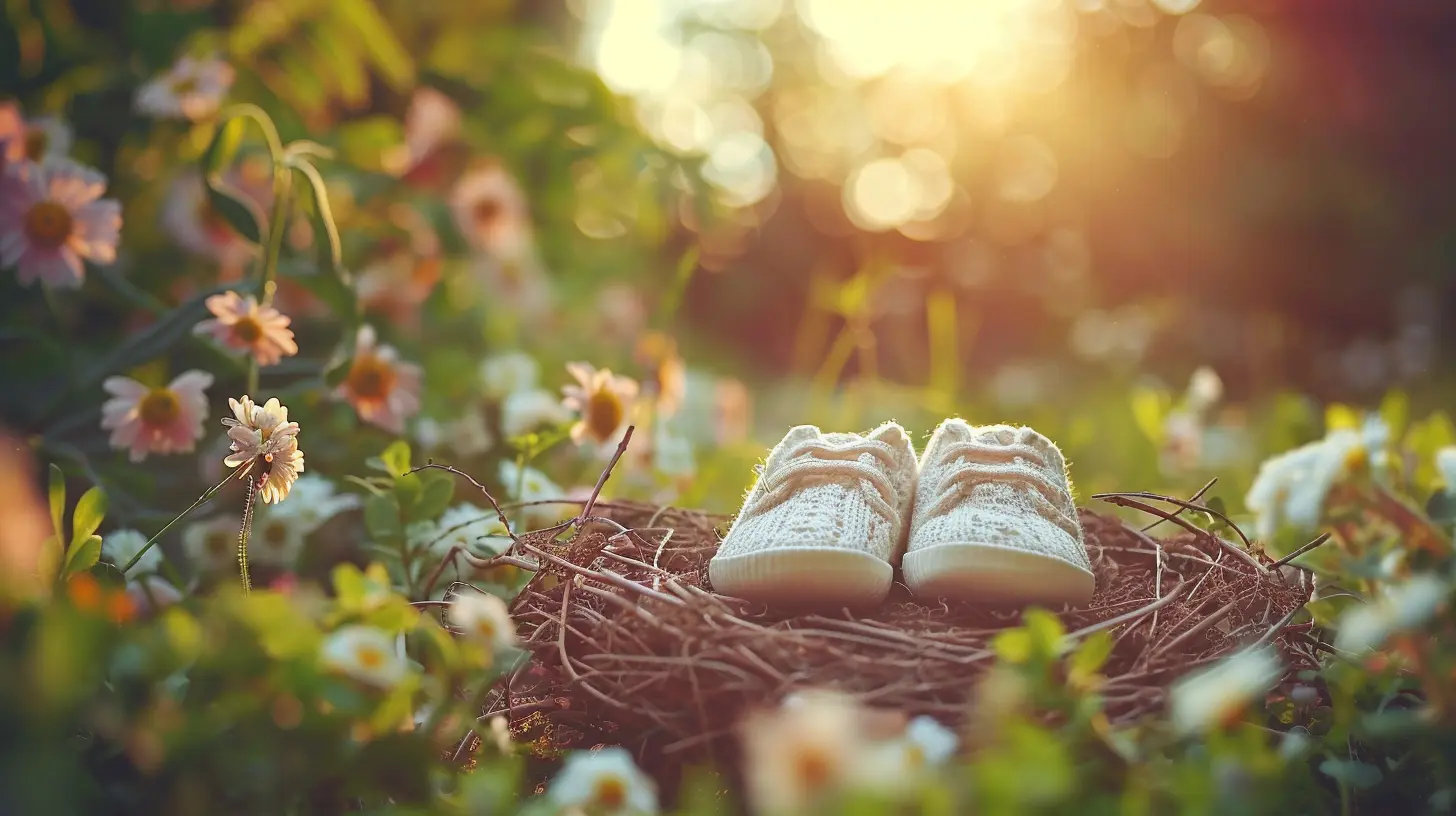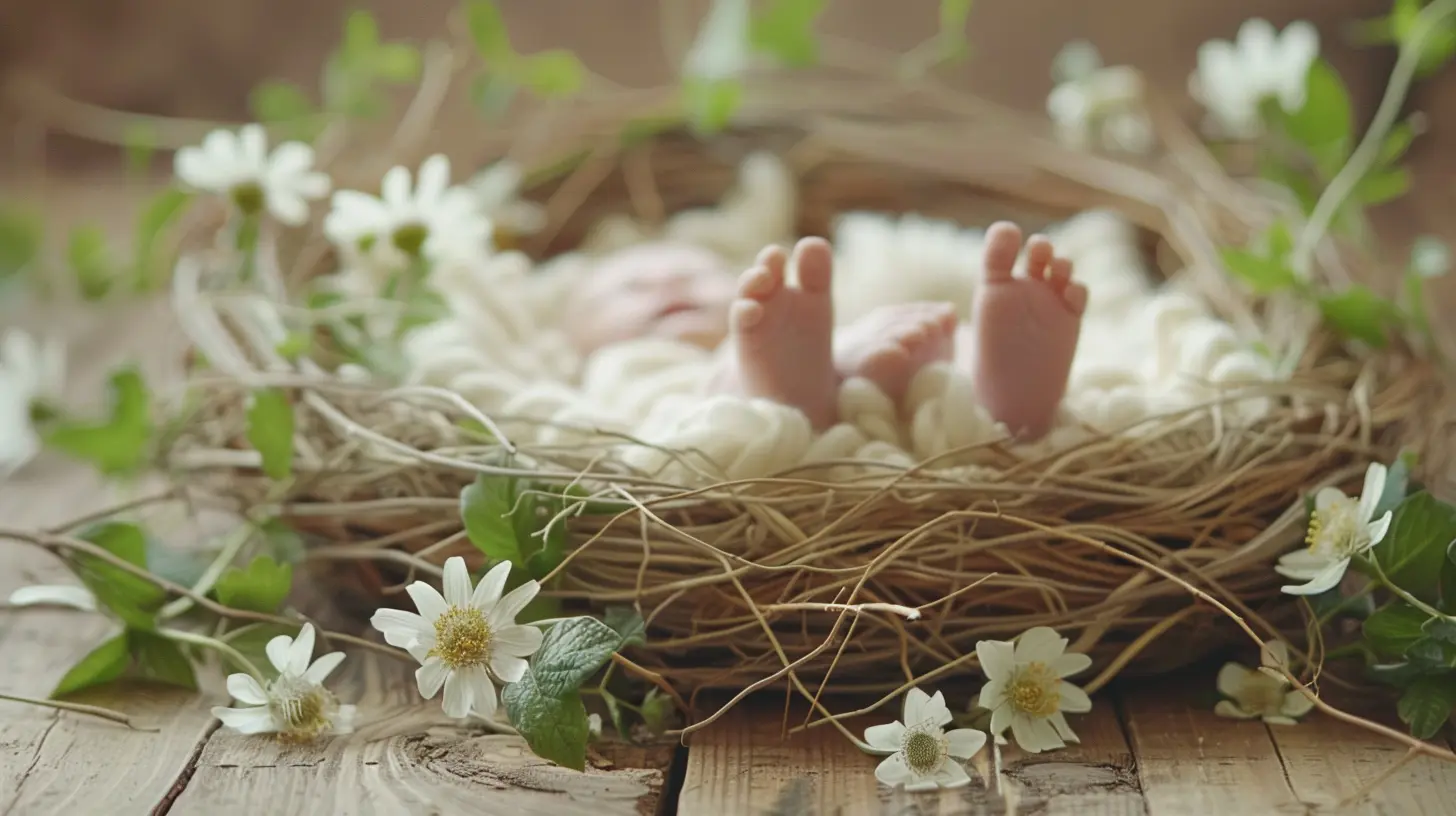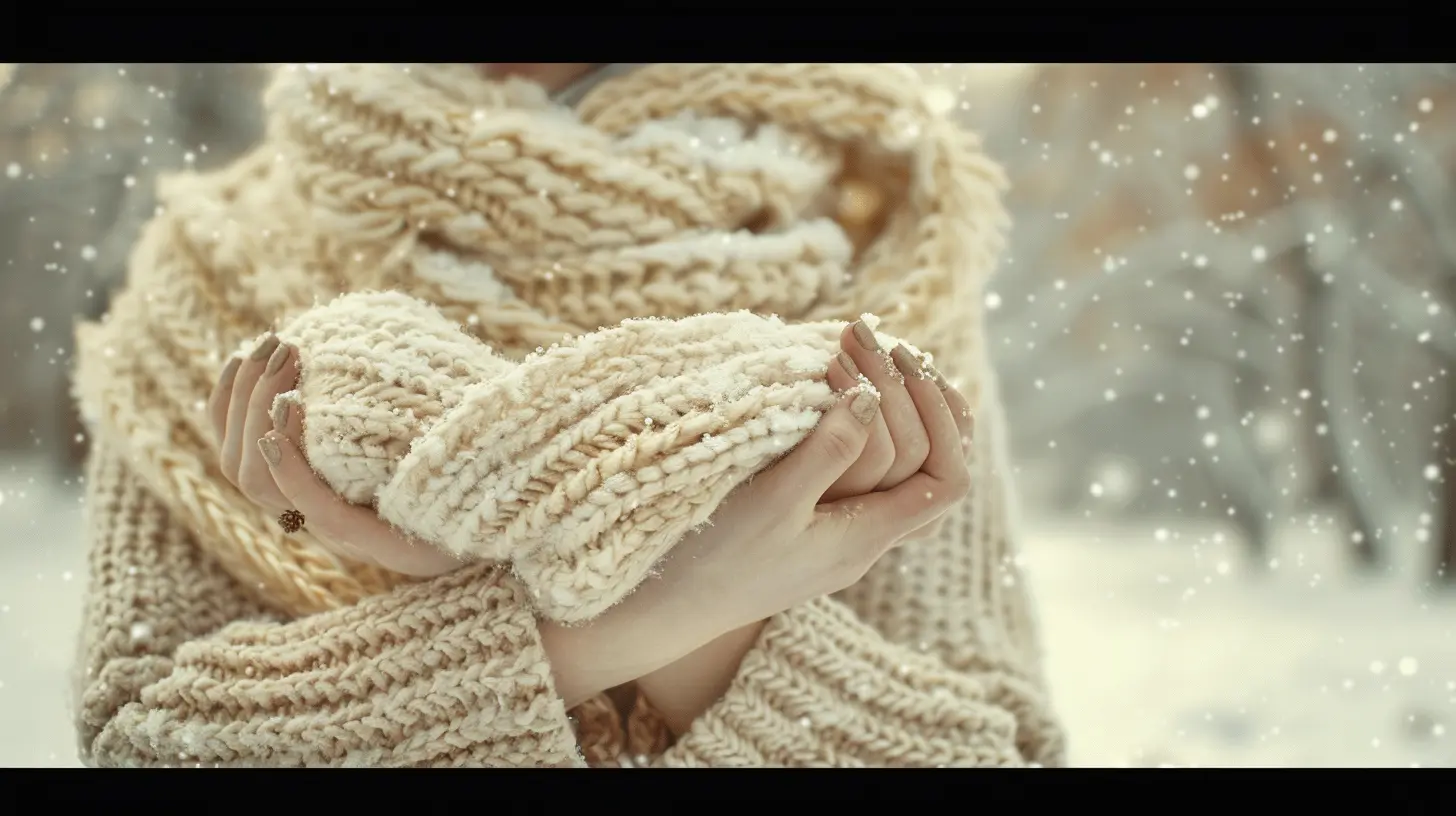How to Care for Your Baby's Umbilical Cord Stump
23 September 2025
Bringing home your newborn is nothing short of magical—but let’s be real, it can also feel downright terrifying. Especially when it comes to that little piece of dried-up cord dangling from your baby’s belly button. If you're looking at your baby's umbilical cord stump and wondering, "What on earth do I do with this?" you're not alone. This guide is here to help you feel confident and calm about caring for it.
So, let’s walk through everything you need to know about how to care for your baby’s umbilical cord stump—from cleaning it to knowing when it's time to call the doctor.
What Is the Umbilical Cord Stump Anyway?
Let’s break it down. During pregnancy, the umbilical cord is your baby’s lifeline—it’s how they receive nutrients and oxygen from you. Once your baby is born, the cord is clamped and cut (don’t worry, there are no nerve endings there, so your baby doesn’t feel a thing!).What’s left is a small stump that usually measures about ½ to 1 inch long. It looks kind of like a dry raisin, and it will eventually wither, turn black or brown, and fall off—usually within the first two weeks.
Sounds simple, right? But there’s a bit of TLC involved to help things heal smoothly and avoid any infections.
When Will the Umbilical Stump Fall Off?
Ah, the million-dollar question. Most umbilical cord stumps fall off between 5 to 15 days after birth. Some might take a little longer, but if it’s still hanging on after 3 weeks, it’s a good idea to check in with your pediatrician.Until it drops off and the area is fully healed, you'll want to keep a close eye on it.
Umbilical Cord Stump Care: Step-by-Step
Let’s talk daily care. The good news? It’s pretty low maintenance. But there are a few key things you should always remember.1. Keep It Clean
First and foremost, keep the stump clean. If it gets a little dirty (hey, diaper blowouts happen), gently clean the area with warm water and a clean, soft cloth. There’s no need to go overboard—just a quick wipe will do.No alcohol wipes, please! Doctors used to recommend them, but now we know that letting the stump air dry naturally is actually better and helps it fall off faster.
2. Keep It Dry
Moisture and umbilical stumps are not best friends. Your goal is to keep it as dry as possible so it can scab over and fall off.Try these tricks:
- Fold the diaper down so it doesn’t rub against the stump. Some newborn diapers come with a cut-out for this very reason.
- Sponge baths only, please—until the stump falls off and the area fully heals. You want to avoid soaking it in water.
3. Let It Breathe
Air circulation helps the drying process. So make sure the stump isn’t tightly covered all day. Loosely fitting clothing is best. And when you can, let your baby go diaper-free for a few minutes during tummy time. It’s like a little spa moment for their belly button.4. Hands Off (Unless Necessary)
Tempted to tug on that little stump when it looks like it's barely hanging on? Don’t. As annoying as it might look, resist the urge to pull it off yourself. Let nature take its course. Premature removal can lead to bleeding, open wounds, or infection.
What to Watch Out For: Signs of a Problem
Most of the time, the umbilical cord stump does its thing—dries up, falls off, and bam, you’ve got a cute little belly button. But sometimes, things don’t go that smoothly. Here are signs that something might be off:- Redness or swelling around the base
- Foul-smelling discharge (a little crusting is normal, but anything yellow or green? Not good)
- Bleeding that doesn’t stop
- Fever in your newborn
- The stump hasn’t fallen off in more than 3 weeks
If you notice any of these signs, give your pediatrician a call. Better safe than sorry when it comes to your little one.
Common Questions About Umbilical Cord Care
Let's tackle some of those burning questions that every new parent has (but might be afraid to ask).What Should the Stump Look Like?
At first, it'll be shiny and yellowish-white. Over time, it darkens, shrivels, and turns black or brown. Totally normal. The changing colors can be alarming if you’re not expecting it, but it’s all part of the process.Is It Okay If It Bleeds a Little?
Yes—after it falls off, a little spotting or crusty blood is perfectly normal. But if you’re seeing active bleeding that soaks through a diaper or continues after applying gentle pressure with a clean cloth, call your doctor.Can I Give My Baby a Bath Before It Falls Off?
Stick to sponge baths until the umbilical stump is gone and the area is fully healed. Submerging your baby in water can slow down the drying process and increase the risk of infection.What Happens After the Stump Falls Off?
After it falls off, you’ll likely see a small reddish area or even a little scab. It might ooze a tiny bit. Again—totally normal. Just keep the area clean and dry, and it should heal in a few days.Keep an eye out, though. If the area becomes red, swollen, or starts to smell funky, give your pediatrician a ring.
Umbilical Granuloma: What’s That?
Okay, so sometimes even after the stump falls off, you might notice a small pinkish-red lump that leaks a bit of fluid. This could be an umbilical granuloma—a harmless overgrowth of tissue.It’s not painful for your baby, and it often dries up on its own. But sometimes, a doctor might apply a bit of silver nitrate (a quick and painless treatment) to help it shrink and heal.
Don’t try to treat this yourself—if you suspect it, check with your doctor.
Tips to Make Umbilical Cord Care Easier
Here are a few simple hacks to make cord care smoother for both you and baby:- Choose the right diapers: Newborn diapers with a notch or using cloth diapers folded below the stump reduce irritation.
- Stick to cotton clothes: They breathe better and reduce friction.
- Change diapers often: The drier the area, the better. Wet or soiled diapers can irritate the stump.
- Ask questions: Don’t be shy about asking your pediatrician to take a peek during checkups. Peace of mind is priceless.
Final Thoughts: Go Easy on Yourself
Honestly, you're already doing amazing. Caring for a new baby is like trying to run a marathon while learning to juggle—and sometimes it feels like you're juggling flaming swords.The umbilical cord stump? It’s just one tiny part of the newborn whirlwind. And with a little awareness and TLC, it’s something that takes care of itself most of the time.
Just remember: clean, dry, and hands-off.
And one day soon, when you're exhausted and see that little belly button all healed up, you might feel a weird sense of pride—because you handled one of the first (of many) parenting challenges like a pro.
all images in this post were generated using AI tools
Category:
Newborn CareAuthor:

Noah Sawyer
Discussion
rate this article
1 comments
Holden Hodge
Great tips for a smooth healing journey!
October 12, 2025 at 2:30 AM

Noah Sawyer
Thank you! I'm glad you found the tips helpful!


